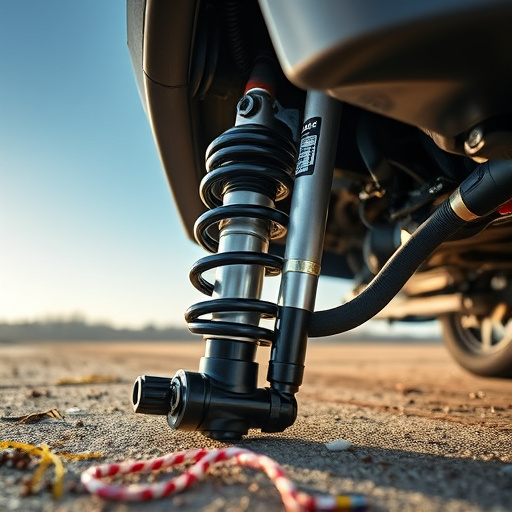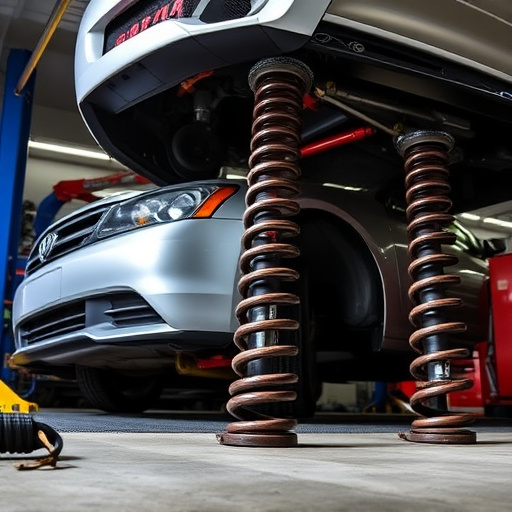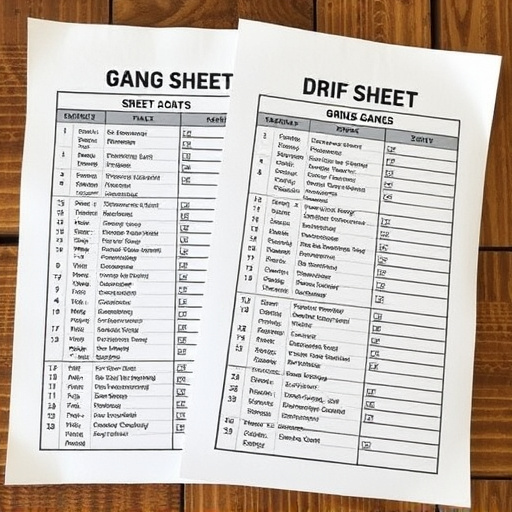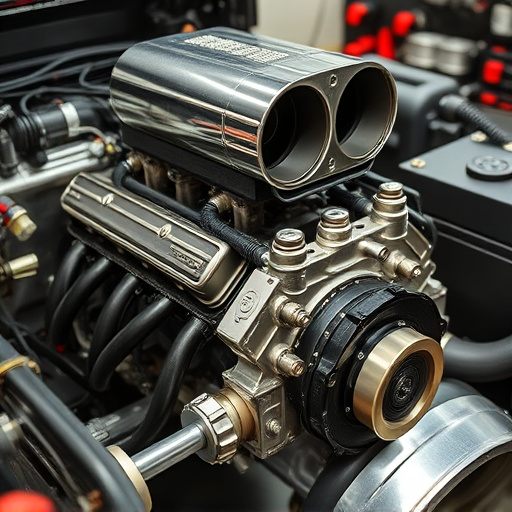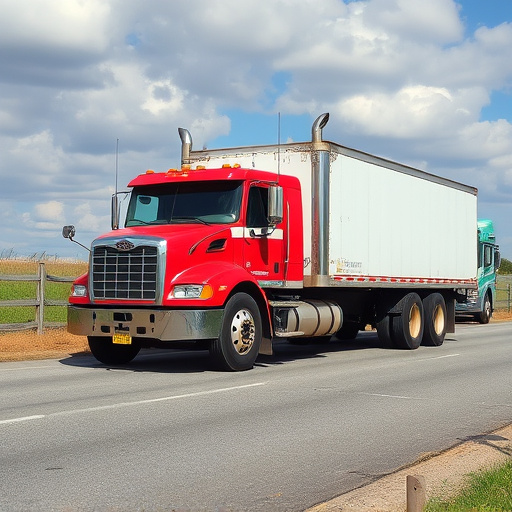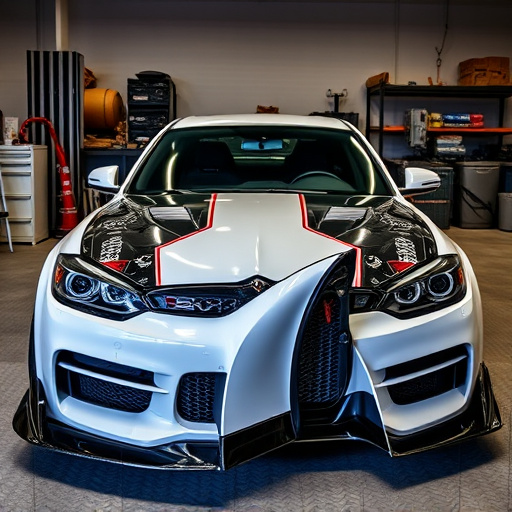Before applying a paint protection coating, thoroughly inspect your vehicle for any damage, scratches, or rust, focusing on areas prone to stone chips and UV damage. Wash and dry your car to get a clear view of the surface. Address any identified issues through compounding and polishing to create a flawless base, ensuring better coating adhesion and longer-lasting protection for your vehicle's finish.
Before applying a paint protection coating, ensure your vehicle’s surface is pristine and prepared. This meticulous process involves assessing every curve and contour for imperfections, from subtle swirls to deep scratches. A thorough pre-coating surface preparation includes a deep clean wash and decontamination, followed by polishing to address existing damage. Only then, after final checks for environmental conditions and product selection, can you achieve the best results with your paint protection coating.
- Assessing Your Vehicle's Condition
- – Inspecting the paint job and identifying imperfections
- – Checking for signs of damage, scratches, or rust
Assessing Your Vehicle's Condition

Before applying a paint protection coating, it’s crucial to assess your vehicle’s current condition. Start by inspecting the exterior for any signs of damage, such as scratches, swirls, or dents. These imperfections can affect the final look and effectiveness of the coating. Pay special attention to areas prone to stone chips and UV damage, like the hood, fenders, and bumper.
Additionally, consider factors like the current state of your vehicle’s paint job. A well-maintained, smooth finish will allow the protective coating to adhere better and last longer. If your car has experienced ceramic window tinting or heat rejection films, ensure they are professionally installed and properly maintained, as these can interact with the protection coating. Regular washing and waxing before application can also prepare the surface, ensuring a seamless blend of the paint protection film.
– Inspecting the paint job and identifying imperfections

Before applying a paint protection coating, it’s crucial to perform a thorough inspection of your vehicle’s existing paint job. This step is essential as it allows you to identify and address any imperfections that could negatively impact the final result. Take the time to walk around the car, examining the paint closely for scratches, swirls, or areas where the finish is uneven. Even minor defects can become more apparent once the protective coating is applied, so ensure every surface is in optimal condition.
Using specialized tools and techniques, such as compound and polish, you can achieve a flawless base for your paint protection coating. This process of paint correction ensures that the topcoat adheres perfectly to the vehicle’s surface, resulting in high-quality finishes that last longer and look more impressive. By carefully addressing any issues now, you’ll find that the application of the protective coating goes smoother, providing a superior level of protection for your vehicle’s exterior.
– Checking for signs of damage, scratches, or rust
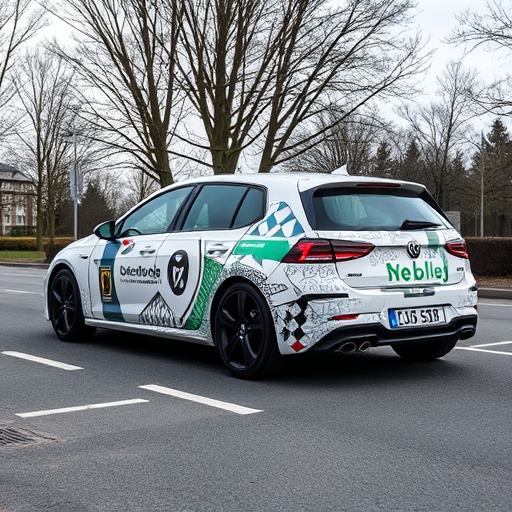
Before applying a paint protection coating, it’s crucial to inspect your vehicle for any signs of damage, scratches, or rust. These issues can negatively impact the effectiveness and appearance of the protective coatings. Start by thoroughly washing and drying your car to get a clear view of its surface. Look for deep scratches that might require additional polishing or filling before coating. Also, check for any rust spots, especially in hidden areas like door jambs and wheel wells. Rust not only weakens the paint but also indicates underlying structural problems that should be addressed first.
Additionally, pay close attention to areas prone to stone chips and UV damage, such as the hood, fenders, and front bumper. These regions often benefit most from paint protection coatings due to their high exposure to environmental elements. By addressing these issues upfront, you ensure a smoother application process and a longer-lasting protective barrier for your vehicle’s finish.
Before applying a paint protection coating, ensuring your vehicle is in optimal condition is crucial. By thoroughly assessing its current state, addressing any damage, and correcting imperfections, you lay the foundation for a durable and protective finish. This process includes inspecting the paint job for defects and treating scratches or rust to create a seamless base. With these initial steps completed, your vehicle is ready for the application of a high-quality paint protection coating, offering long-lasting shield for its exterior.

